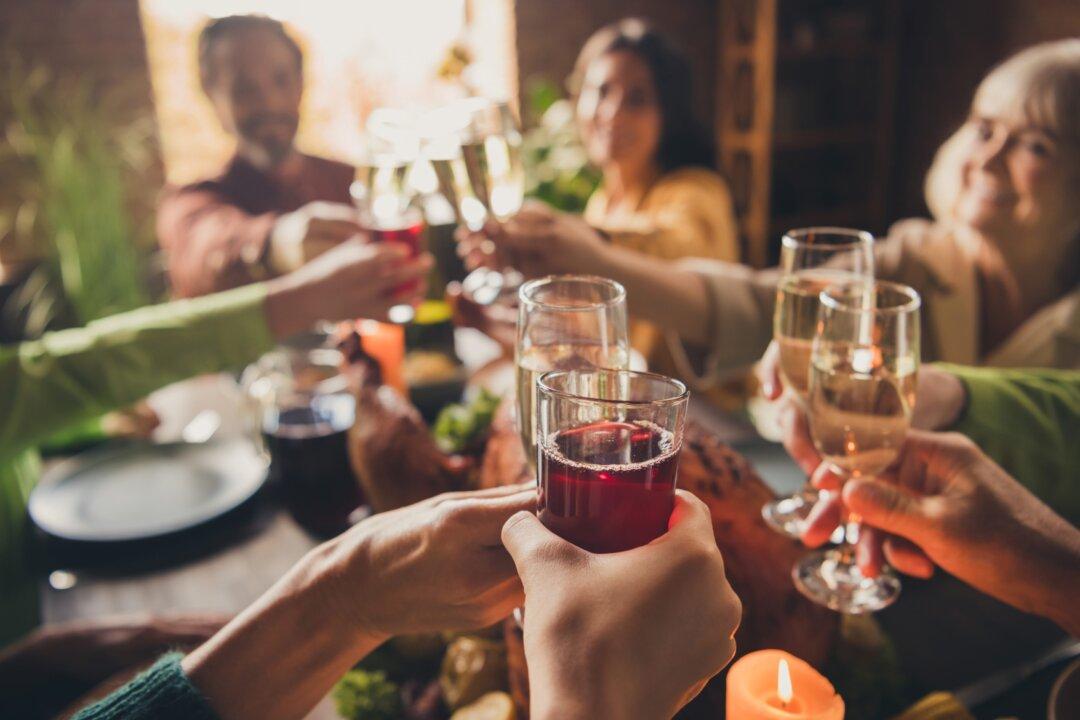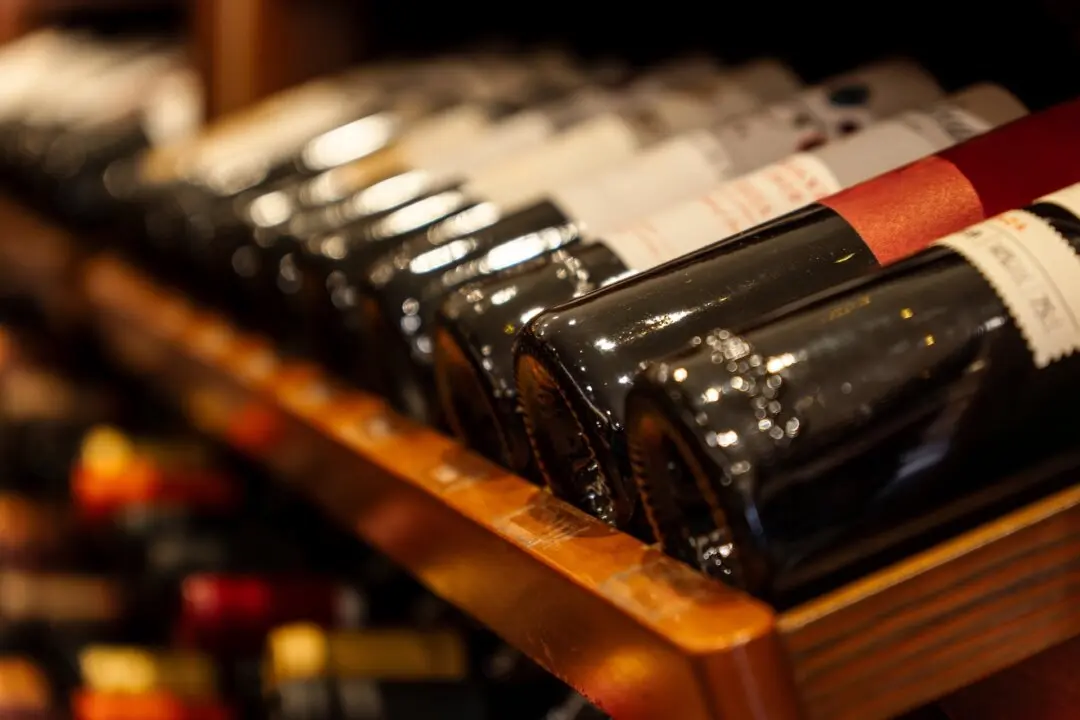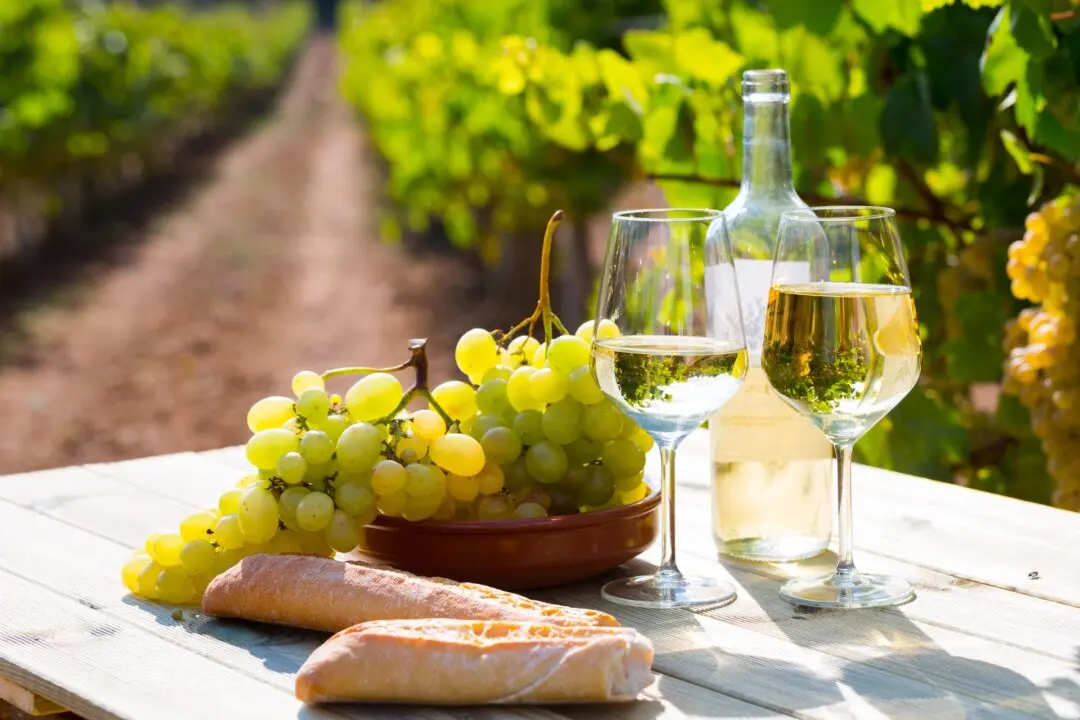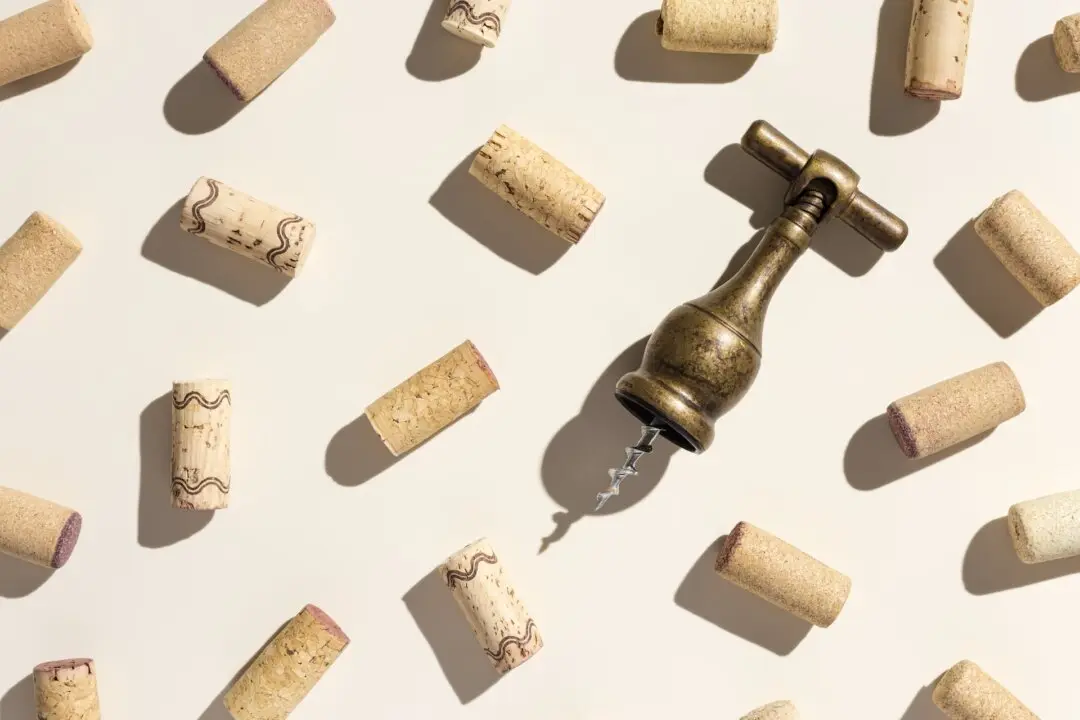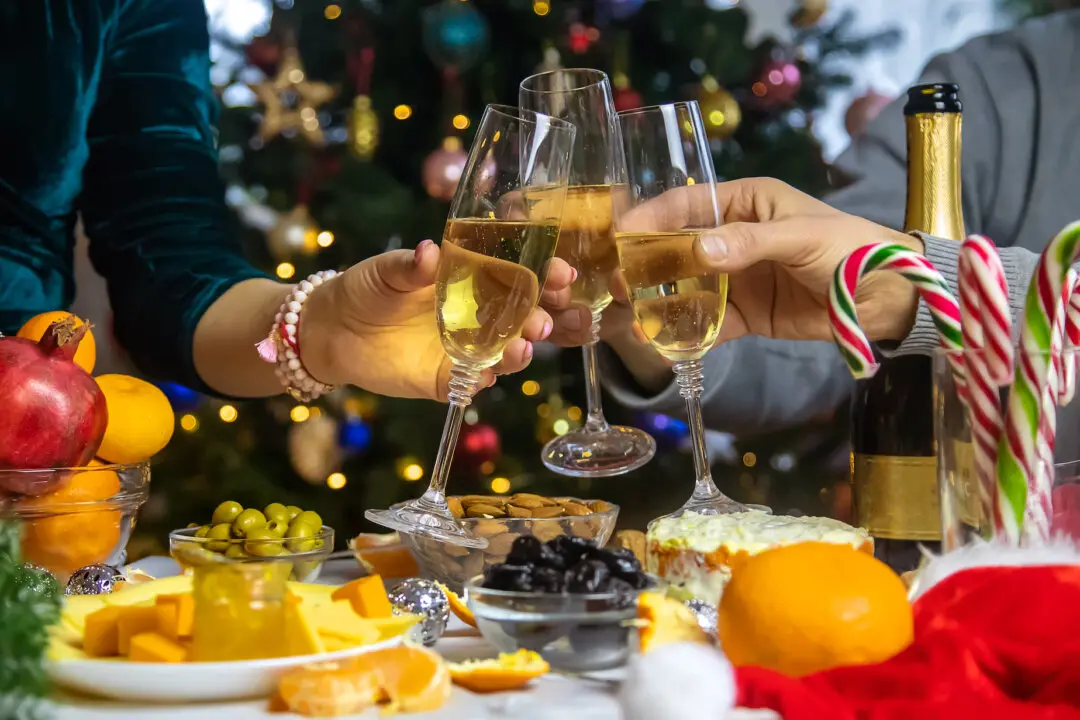When several people gather to celebrate, such as at year-end holiday parties, the beverages often aren’t particularly upscale, which is perfectly appropriate.
In multiparty festivities, people rarely pay attention to the nuances that are in the glass. It doesn’t make sense to serve classics like 1961 Chateau Petrus at large gatherings. Classic wines call for introspection and sharing with people who appreciate them—and won’t put ice cubes in them!

